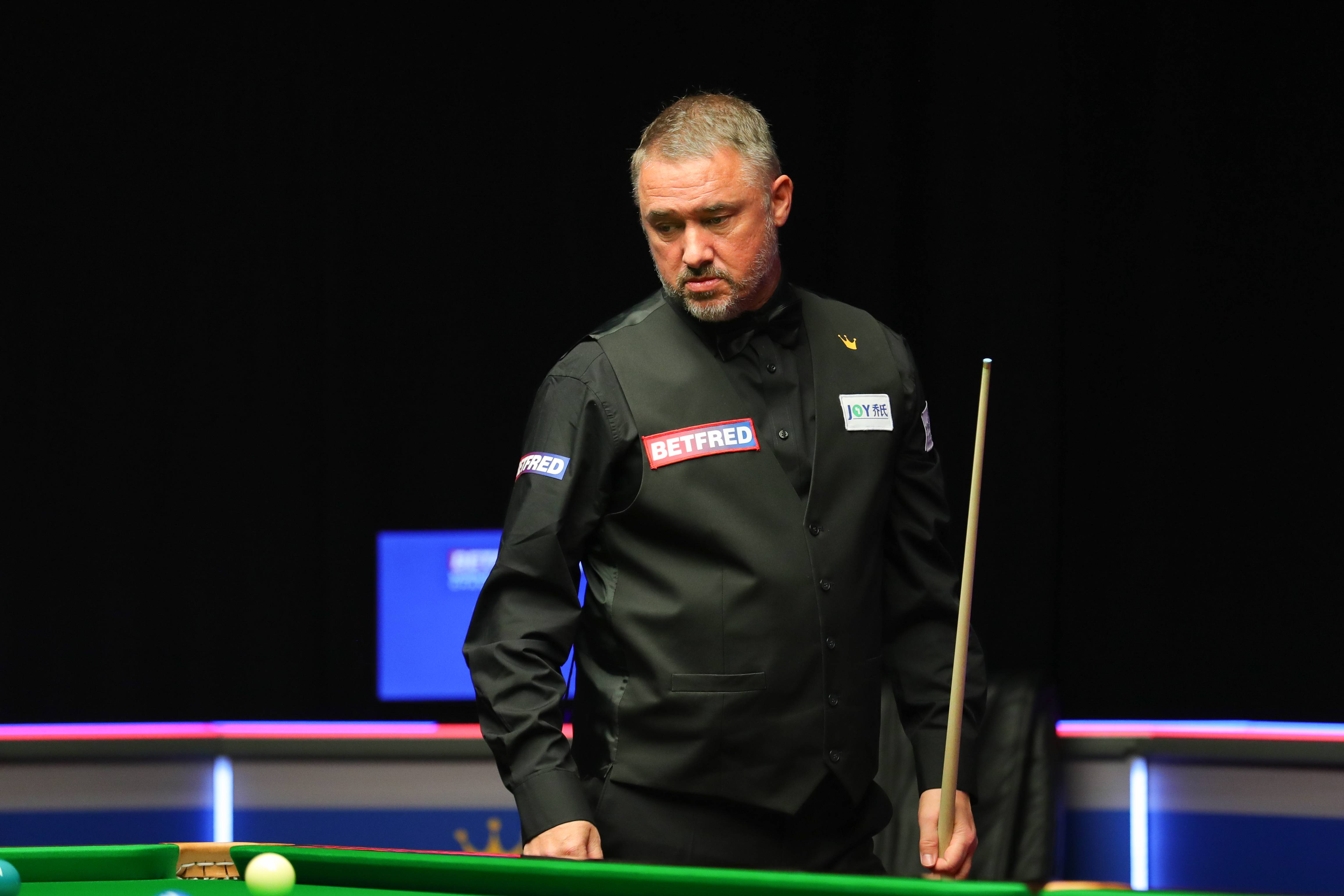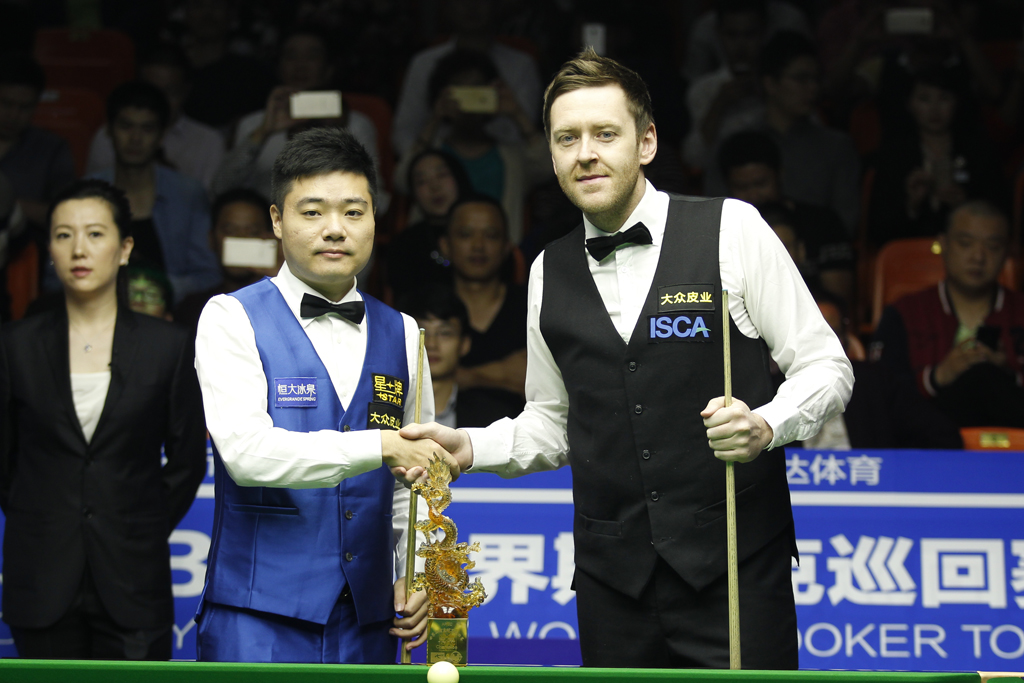
Billiards requires skill-based players to hit the cue ball at an exact angle. This allows the cue to travel at a particular speed and add a spin to the ball. Many players take their shots without thinking about the angle and shoot haphazardly. For beginners, it's worth taking some time to understand the different positions you have to hit the cue ball. This will help you to know where to aim your shot.
The first and most important part of getting a good grip on the game is to be sure you understand the different angles you can aim for. It can be costly to make mistakes. Make sure you practice all angles and understand how they affect your play. It is a good idea to spend some time learning the angles and the techniques to get better shots.

A pen and notepad are the best way to find your angles. Consider how the impact of each hit on the cue ball will affect the rest. Also, you should have a general plan of action for each shot. To draw back the cueball, for example, it is best to hit the ball just above its center. You must follow through, but it won't be of much use.
Playing a few pool games can help you get a better feel for the cueball. One option is to play pool online. You can use the web version of the game to place the cue ball and tap it with the left mouse button. Once you are comfortable with the game, you can play real pool.
Getting the right cue ball angle is no easy task. It takes some trial and errors, but it is possible. It is important to take the time necessary to hit the ball at the right angle and to follow through properly. Your chances of hitting the ball with a successful shot are slim.
You should also consider other factors when deciding where to hit your cue ball. There is no magic number. The best areas to aim at are those that allow the least interference from other people. In order to get the best result possible, you need to know how to properly use English.

A tangent is the natural line that the cueball will follow after impact. A good tangent line should start from the center of the cue ball and run perpendicular to the direction it is moving. A tangent is particularly useful when the cue ball rolls. However, speed can play an important role in determining which direction the tangent lines will run.